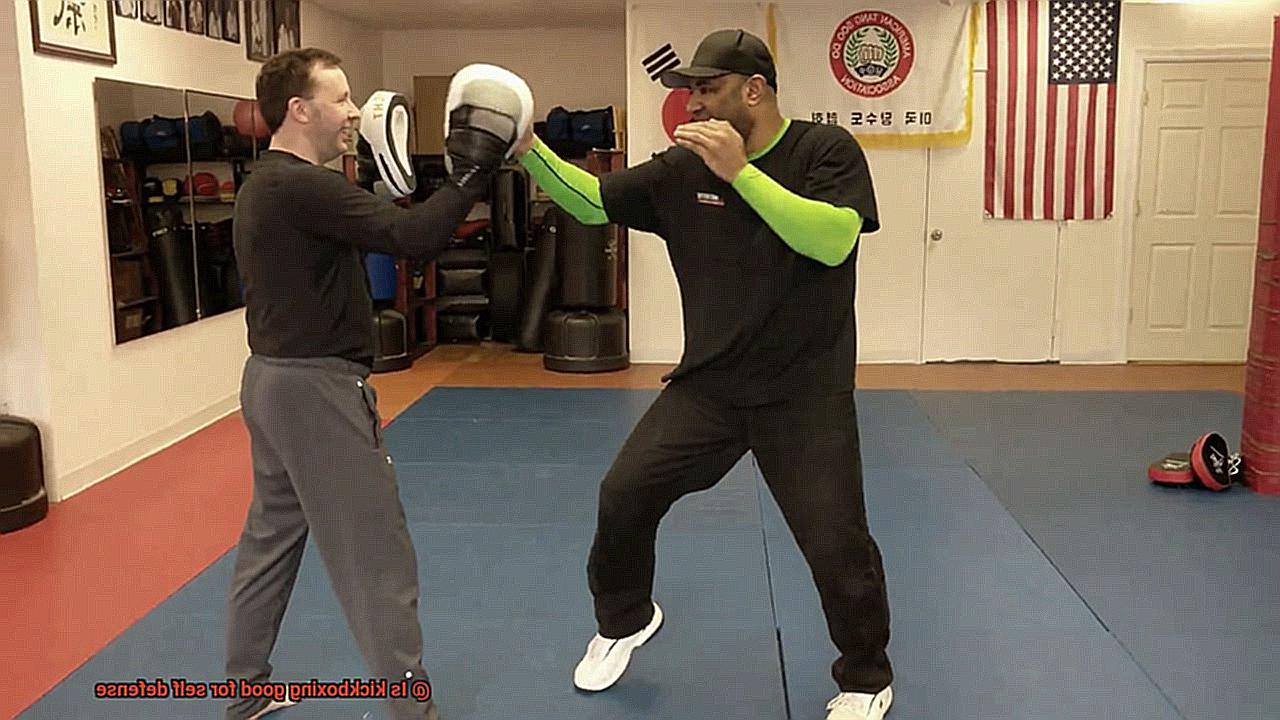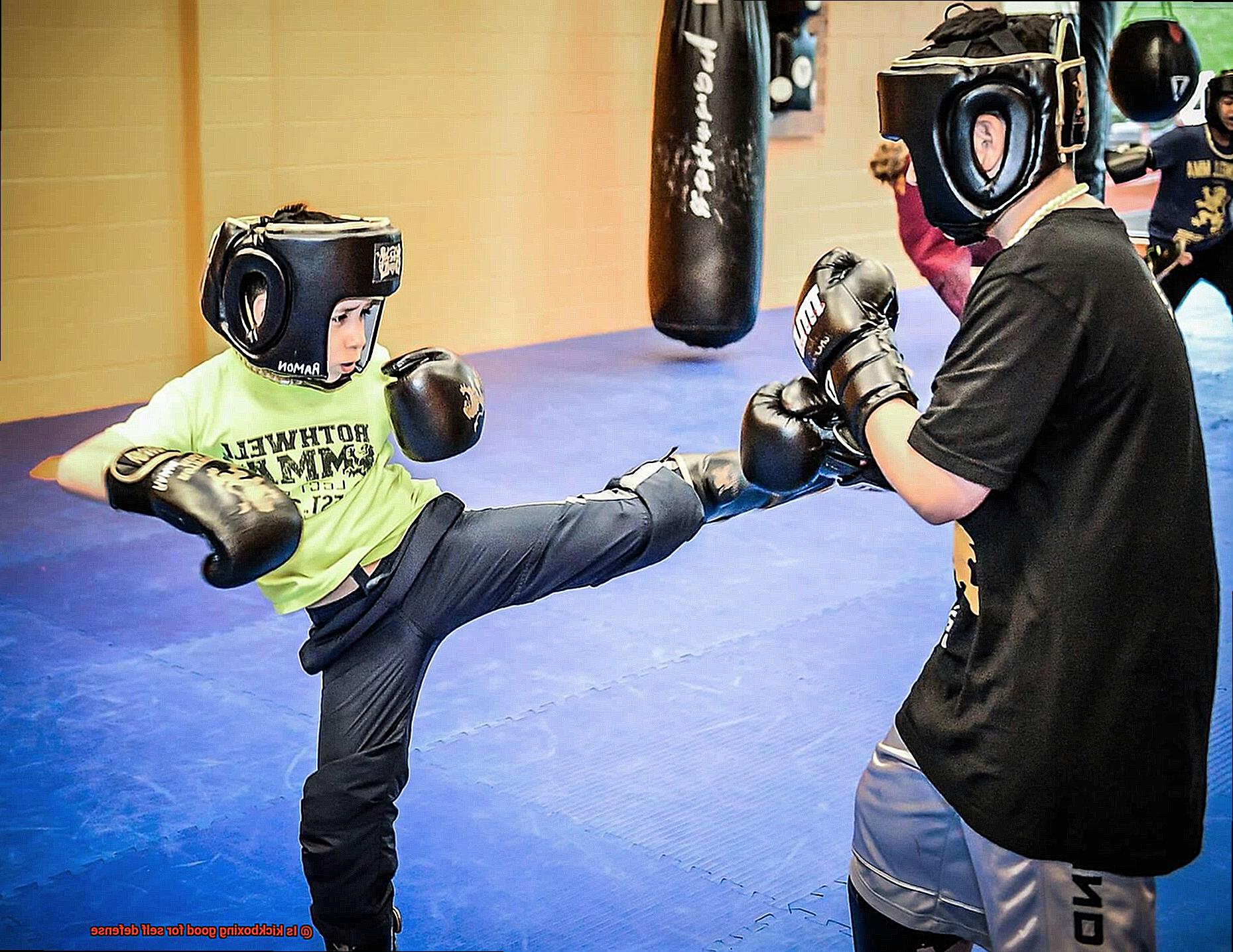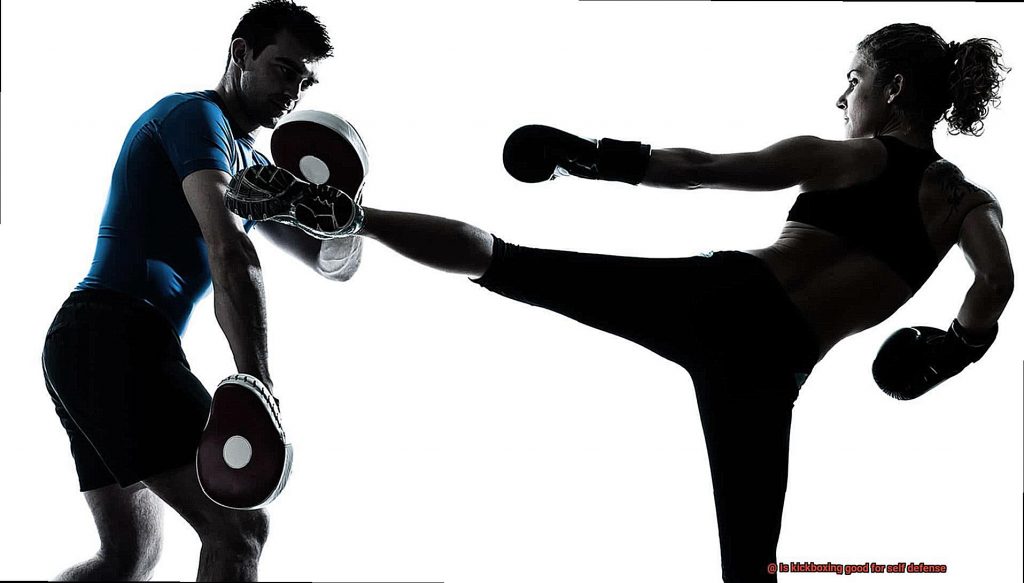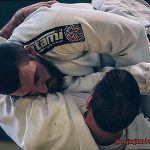Welcome to the fascinating world of martial arts and the ever-popular debate on whether kickboxing is a reliable form of self-defense. The desire to protect oneself is a fundamental human instinct, and it’s no wonder that many people turn to martial arts for this purpose. But can kickboxing truly deliver when it comes to self-defense?
Kickboxing originated as a full-contact sport that combines striking techniques with punching, kicking, and kneeing. Over time, it has evolved into an increasingly popular training method for self-defense. Despite its popularity, however, many remain skeptical about its effectiveness in real-world scenarios.
This blog post aims to settle the age-old question of “Is kickboxing good for self-defense?” by examining key factors such as its combat effectiveness, practicality, and adaptability in real-life situations. Whether you’re new to the world of martial arts or looking to improve your self-defense skills, this article will provide you with valuable insights and knowledge.
So let’s dive into the world of kickboxing and discover if it’s a reliable option for self-defense. Are you ready to unleash your inner fighter? Let’s go.
What is Kickboxing?
Look no further than kickboxing. This dynamic combat sport combines elements of boxing with various martial arts techniques and has become a popular fitness routine worldwide.
Kickboxing originated in Japan in the 1960s and quickly spread to other countries like the United States and Thailand. It’s a full-contact sport where fighters can use punches, kicks, and knee strikes to attack their opponents. Fighters wear gloves and protective gear to minimize the risk of injury, but don’t be fooled – this sport packs a serious punch.

Different styles of kickboxing exist, including American kickboxing, Japanese kickboxing, and Muay Thai. Each style has its own rules and regulations, but they all share the same basic principles of striking with hands and feet. The gloves used in kickboxing are often smaller than those used in boxing because kickboxers need to be able to use their hands and fingers for grabbing and clinching.
Kickboxing is an excellent form of exercise that provides a full-body workout, improving strength, flexibility, and endurance. It also helps to develop hand-eye coordination and reflexes, making it a useful tool in self-defense situations. In fact, many gyms and fitness centers offer kickboxing classes as part of their regular schedule due to its popularity as a fitness routine.

But don’t let its fitness routine status fool you – kickboxing is also a combat sport that can be used for both competition and self-defense purposes. Its combination of striking techniques from various martial arts makes it an effective fighting style that can be adapted to different situations.
However, it’s essential to recognize that kickboxing has limitations as a self-defense technique. In real-life situations, there are no rules or regulations, and attackers may use weapons or attack from behind. Kickboxing techniques may not always be effective against larger or stronger attackers.
It’s crucial to supplement kickboxing training with other self-defense techniques such as grappling or wrestling. Remember, the best way to defend oneself is to avoid confrontation altogether and seek help from law enforcement when needed.
Advantages of Kickboxing for Self Defense
Kickboxing might be the perfect choice for you. This dynamic combat sport combines boxing and martial arts techniques to create an effective fighting style that can be adapted to different situations. Kickboxing is not only a fun and exciting way to stay in shape, but it also has numerous advantages for self-defense.
One of the most significant advantages of kickboxing for self-defense is that it increases strength and endurance. Kickboxing involves various techniques and movements that require strength and stamina. As you practice kickboxing regularly, it strengthens your muscles and increases your endurance, which are both essential for self-defense.
But that’s not all. Kickboxing also improves flexibility, making it easier for you to defend yourself better in case of an attack. Kicks, punches, and other movements require flexibility, and regular kickboxing practice can help you achieve it.
Kickboxing is not just about punching and kicking; it also teaches various self-defense techniques that can be used in real-life situations. These techniques include blocking, dodging, and counter-attacking. Knowing these techniques can give you an advantage in a dangerous situation. Plus, learning self-defense skills can boost your confidence and self-esteem.
When you know how to defend yourself, you feel more confident in your abilities. This confidence can help you stay calm and composed in a dangerous situation.

Lastly, kickboxing enhances coordination skills. It requires coordination between your hands, feet, and body movements. Regular kickboxing practice improves your coordination skills, making it easier for you to defend yourself better.
Disadvantages of Kickboxing for Self Defense
Kickboxing is a fantastic way to get fit, boost your self-confidence, and improve your overall health. However, relying solely on this form of martial arts for self-defense comes with some potential disadvantages that you should be aware of.
One of the primary drawbacks of kickboxing for self-defense is its heavy reliance on striking with hands and feet. While this technique may work well in a controlled environment like a ring, it may not be as effective in real-world situations where you might face attackers armed with weapons or multiple attackers. In such scenarios, striking alone might not be enough.
Additionally, kickboxing largely neglects training in grappling or ground fighting skills, which are essential in self-defense situations. If an attacker grabs you or takes you to the ground, striking alone may not be sufficient to get you out of the situation.
Another downside to kickboxing as a self-defense technique is that it can be physically demanding and require a lot of energy. In a real-life situation, you may not have the stamina or energy to keep up with an attacker if the fight lasts longer than a few seconds.
Finally, while kickboxing can help improve your reflexes and reaction time, it may not equip you for the mental and emotional aspects of a self-defense situation. In high-stress situations, fear and panic can set in, making it challenging to think clearly and act decisively. Unfortunately, kickboxing training does not typically involve simulations that prepare you for such situations.
Alternatives to Kickboxing for Self Defense
Kickboxing may be a popular self-defense option, but it’s not the only choice out there. Whether you have physical limitations or simply prefer a different style of martial art, there are plenty of alternatives to kickboxing that can help you feel confident and prepared in real-life situations.
One alternative is Krav Maga. Developed by the Israeli military, Krav Maga is a practical and efficient form of self-defense that emphasizes real-world scenarios and quick, decisive action. Unlike kickboxing, Krav Maga doesn’t involve any sparring or competition, making it an excellent choice for those who aren’t interested in fighting as a sport.
Another option is Brazilian Jiu-Jitsu (BJJ). This martial art focuses primarily on grappling and ground fighting, which can be incredibly useful in situations where the attacker is larger or stronger than the defender. Not only does BJJ improve your physical fitness, but it also promotes mental discipline and well-being.
For those looking for a more traditional martial art, karate may be the answer. This style emphasizes discipline, respect, physical conditioning, and striking techniques. It also offers opportunities for competition and advancement through belt rank systems.
Ultimately, the best self-defense style for you will depend on your personal preferences, physical abilities, and goals. It’s important to try out different styles before committing to one to find the right fit for you.
Bear in mind that self-defense isn’t just about physical strength and technique; it also involves mental preparation and awareness. No matter what style you choose, consistent practice is key.
Tips for Using Kickboxing for Self Defense
Kickboxing can be an effective form of self-defense if used correctly. However, it’s important to remember that kickboxing is just one tool in your self-defense toolkit. To help you effectively use kickboxing for self-defense, here are five essential tips:
Practice situational awareness
The first step in self-defense is to be aware of your surroundings. This means being mindful of any potential threats and preparing yourself mentally and physically if an attack occurs. When practicing kickboxing, make sure you stay alert and aware of your surroundings.
Use quick strikes
In a self-defense situation, speed is essential. Quick strikes can help fend off an attacker and create distance between yourself and the attacker. When practicing kickboxing, focus on quick jabs and kicks.
Target vulnerable areas
In a self-defense situation, targeting vulnerable areas can be effective in disabling an attacker quickly. These areas include the eyes, nose, throat, and groin. When practicing kickboxing, focus on striking these areas with precision.
Use your body weight
Using your body weight can add force and power to your strikes. When practicing kickboxing, focus on shifting your weight with each strike to add extra power.
Maintain balance
Balance is crucial when it comes to self-defense. Losing your balance can make you vulnerable to attacks. When practicing kickboxing, focus on maintaining proper form and balance with each strike.
It’s important to remember that self-defense situations are unpredictable and dangerous. Seeking professional training and guidance is highly recommended to ensure that you’re prepared for any situation that may arise.
mCUZ-v6D–U” >
Conclusion
To sum up, the debate on whether kickboxing is an effective form of self-defense continues. Kickboxing is a high-energy combat sport that blends striking techniques with punches, kicks, and knees. It started in Japan during the 1960s and has since become a popular way to train for self-defense. Although kickboxing provides many benefits like increased strength and endurance, better flexibility, teaching self-defense tactics, building confidence, and improving coordination skills, it also has some limitations.
One of the drawbacks of using kickboxing for self-defense is its heavy emphasis on striking with hands and feet. In real-life situations where attackers may use weapons or attack from behind, striking alone may not be sufficient. Furthermore, kickboxing does not focus on grappling or ground fighting abilities that are critical to self-defense scenarios.
However, if used correctly, kickboxing can still be a useful tool for self-defense purposes. Practicing situational awareness, using quick strikes to create distance between yourself and the attacker, targeting vulnerable areas with precise strikes while maintaining balance by utilizing your body weight are some tips that can help you effectively use kickboxing for self-defense purposes.






